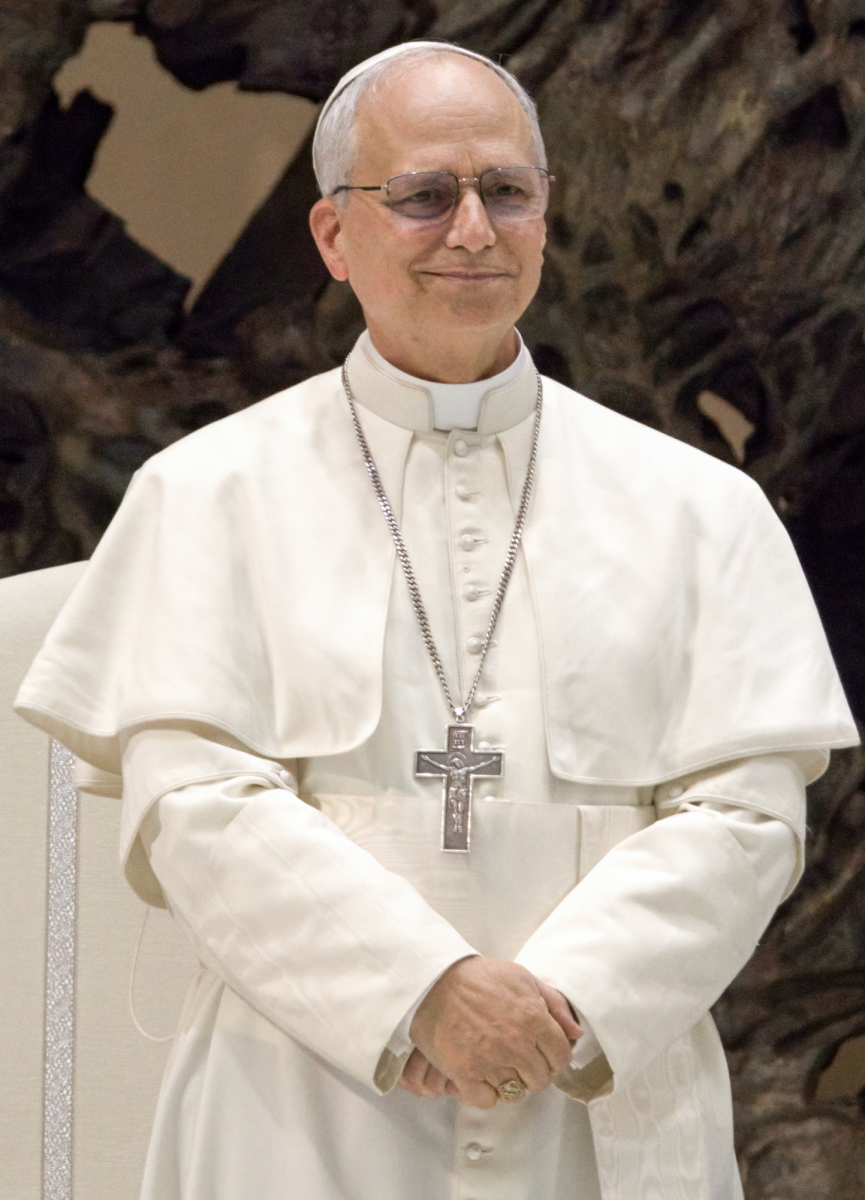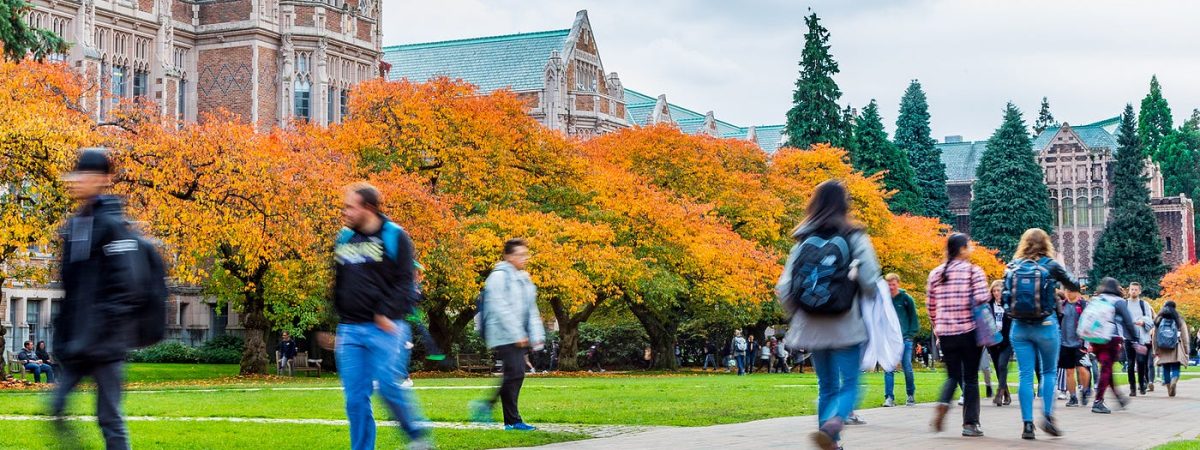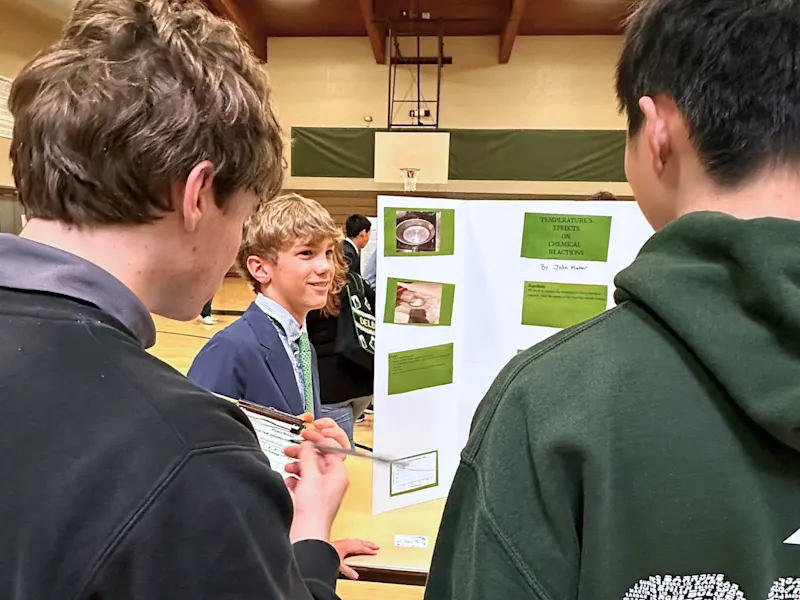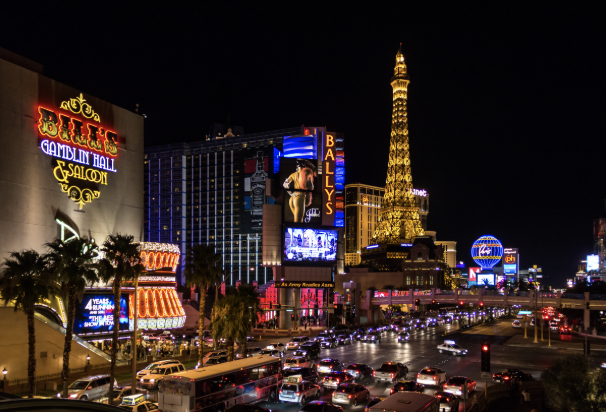Our Earth: What Will Happen?
April 27, 2016
On April 22, 1970, the first Earth Day was celebrated and was a great achievement for the planet. Twenty million people walked the streets across the United States to raise awareness about the many harmful effects humans have on the environment. Today, the United States has fifty-eight national parks that aim to protect the environment and allow various animals to live peacefully. Although we have made great strides in helping save the planet, what are we actually doing to save the earth?
In a chilling poem by Ray Bradbury, titled “There Will Come Soft Rains,” he writes, “Not one would mind, neither bird nor tree, If mankind perished utterly; / And Spring herself, when she woke at dawn, Would scarcely know that we were gone.” This poem describes the extinction of mankind after a nuclear war in the year 2026. If we learned that our world would be destroyed in ten years, we would all be very devastated. In this poem, however, Bradbury takes this concept one step further and states that the earth would be better without us. Why so? Evidently, this poem relates to our environment and what we are doing to help it. The human species could be attributed to the extinction of over a thousand species, both plants and animals, most of which were pushed to extinction in the last century.
You have probably heard the terms: extinction, climate change, deforestation, acid rain, and pollution. The ecosystem is extremely important to humans. It provides various services that would be impossible to duplicate and allows us to survive. But what can you do? How can just one person make a difference? If you recycle one glass bottle, you save enough electricity to power a 100-watt bulb for four hours. Furthermore, recycling one ton of paper saves 7,000 gallons of water, 380 gallons of oil, and enough electricity to power a house for six months. If you were to stop buying disposable water bottles, you would save 129 bottles from entering landfills each year.
With the depletion of the ozone, rising sea levels, and rising temperatures, our future is not that bright. Carbon dioxide is a heat-trapping gas, which is released through deforestation and burning fossil fuels. Currently, there are 403.28 parts per million of carbon dioxide in the atmosphere. Furthermore, since 1880, the earth’s temperature has increased by 1.4 degrees Fahrenheit and the Arctic Ice Minimum decreases 13.4 percent per decade. The land ice decreases by 287.0 billion metric tons per year and the sea level increases by 3.4mm per year.
In all, saving our earth is crucial to mankind and all other species that exist. Various human activities, ranging from agriculture to mass production, have caused earth to go down a dark road, which could ultimately lead to destruction. As Ban Ki-Moon, Secretary General of the United Nations, stated, “If we can’t all swim together, we will sink. There is no Plan B, because there is no Planet B.”























